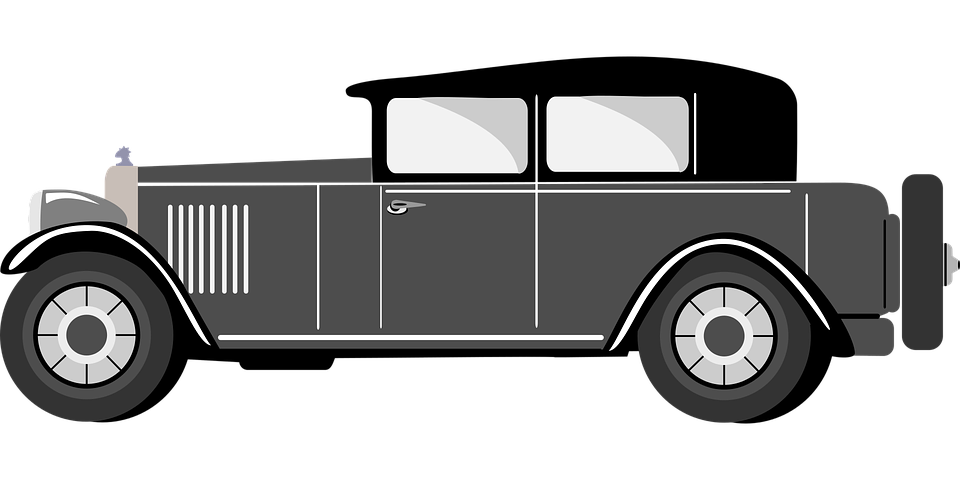


Mobile users:
For best results, view in Landscape mode.
Hudson:
In 1909,
the name Hudson came from
Joseph L. Hudson,
a Detroit department store
entrepreneur and founder of
Hudson's department store, who
provided the
necessary capital and gave
permission
for the company to be named
after him.
A total of eight Detroit
businessmen formed the
company.
The Hudson
Motor Car Company made Hudson
and other brand
automobiles in Detroit,
Michigan, from 1909 to
1954.
In 1954,
Hudson merged with
Nash-Kelvinator Corporation to
form
American Motors (AMC).
The Hudson name was continued
through the 1957 model
year,
after which it was
discontinued.
One of the
organizers of the company was
Roy D. Chapin Sr.,
a young executive who had
worked with Ransom E. Olds.
(Oldsmobile) Chapin's son, Roy
Jr., would
later be president of
Hudson-Nash descendant
American Motors Corp. in the 1960s.
Women Designers:
As the role of
women increased in car
purchase decisions, automakers
began to hire female
designers.
Hudson, wanting a female
perspective on automotive
design, hired
Elizabeth Ann Thatcher, who
later became Betty Thatcher
Oros,
in 1939.
A graduate of the Cleveland
School of Arts (now Cleveland
Institute of Art)
with a major in Industrial
Design, she became one of
America's
first female automotive
designers.
Her contributions to the 1941
Hudson included exterior trim
with
side lighting, interior
instrument panel, interiors
and
interior trim fabrics.
She designed
for Hudson from 1939
into 1941, leaving the
company
when she married Joe Oros,
then a designer for Cadillac.
He later became head of the
design team at Ford that
created
the Mustang.
In 1954,
Hudson merged with
Nash-Kelvinator
Corporation to become American
Motors.
The Hudson factory, located in
Detroit, Michigan, was
converted to
military contract production
at the end of the model year,
and the remaining three years
of Hudson production took
place in Kenosha, Wis.
The last Hudson
rolled off the Kenosha
assembly line on June
25, 1957.
There were no ceremonies,
because at that point there
was still
hope of continuing the Hudson
and Nash names into the 1958
model year on the Rambler
chassis as deluxe,
longer-wheelbase
senior models.
Desoto:
In 1928,
the DeSoto make was founded
by Walter Chrysler,
and introduced it for the 1929
model year.
It was named after the
Spanish explorer
Hernando de Soto.
The DeSoto logo featured a
stylized image of the
explorer who
led the first European
expedition deep into the
territory
of the modern-day United
States, and was the
first documented European to
have crossed
the Mississippi River.
DeSoto or De
Soto is an American
automobile marque that
was manufactured and
marketed by the DeSoto
Division of
the Chrysler
Corporation from 1928
to the 1961 model
year.
Chrysler
wanted to enter the brand in
competition with its
competitors Oldsmobile,
Buick, Mercury, Studebaker,
Hudson,
and Willys, in the mid-price
class.
DeSoto served as a lower
priced version of Chrysler
products,
with Dodge and Plymouth
added to the Chrysler family
in 1928.
Shortly after the DeSoto was
introduced, Chrysler
completed
its purchase of the Dodge
Brothers, giving the company
2
mid-priced makes.
Initially, the two-make
strategy was relatively
successful,
with DeSoto priced below
Dodge models.
